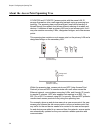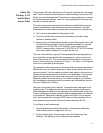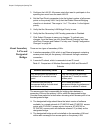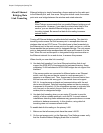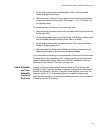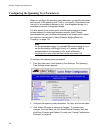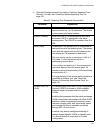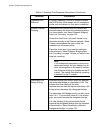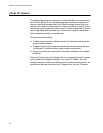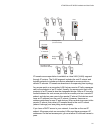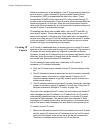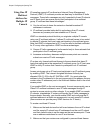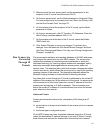
Chapter 5: Configuring the Spanning Tree
138
Rightmost LED
Behavior
Choosing Spanning Tree Root Indicator causes
the LED to blink if the access point is configured
as the root and remain on if an error is detected.
Enable Ethernet
Bridging
Determines how frames from end devices are
moved between the wired and wireless networks.
For more details, see “About Ethernet Bridging/
Data Link Tunneling” on page 134.
Check this check box if you want frames to be
forwarded directly to the Ethernet network. Allied
Telesyn recommends that you enable this
parameter on all access points.
Clear this check box if you meet the selection
criteria listed in “About Ethernet Bridging/Data
Link Tunneling” on page 134 and you want to use
data link tunneling.
Note
If you enable this parameter on the root or
designated bridge, but you disable it on all
other access points on the same IP subnet,
then Ethernet bridging is disabled on the IP
subnet. This means that data link tunneling
is enabled on the IP subnet.
Secondary LAN
Bridge Priority
Determines when this access point can become
the designated bridge in a secondary LAN. The
access point that meets all the other
requirements and has the highest secondary LAN
bridge priority becomes the designated bridge.
The secondary LAN bridge priority can be a value
from 0 to 7. If you set this value to 0, the access
point can never become the designated bridge.
For help deciding if this access point should
become the designated bridge, see the selection
criteria listed in “About Secondary LANs and
Designated Bridges” on page 132.
Table 42. Spanning Tree Parameter Descriptions (Continued)
Parameter Explanation



